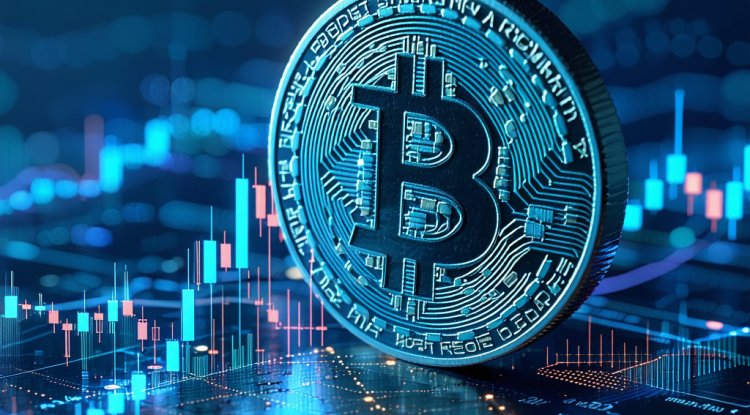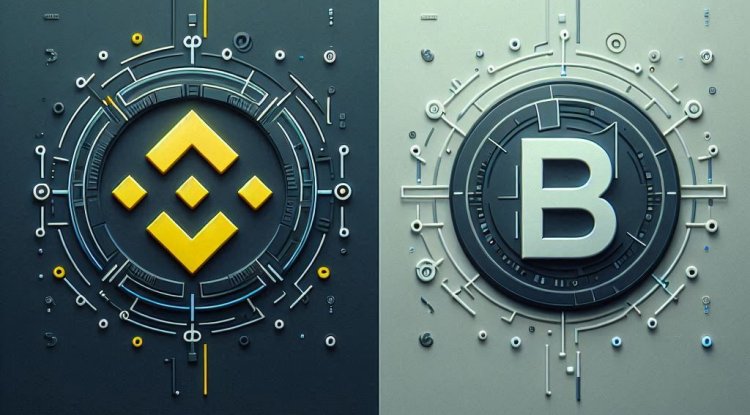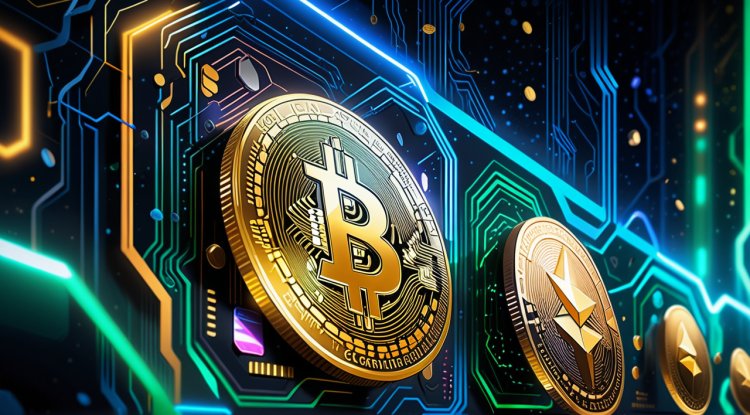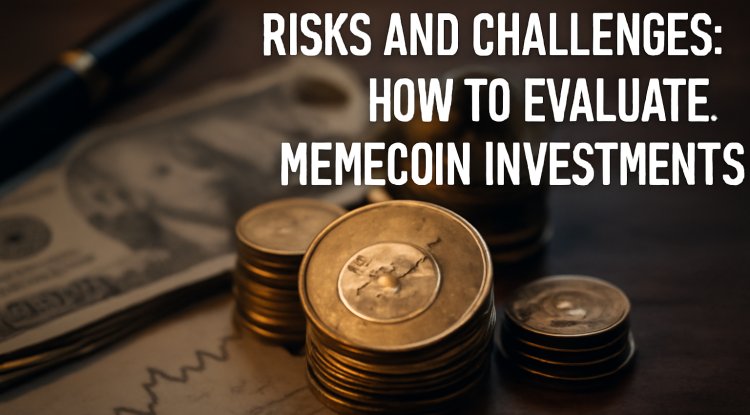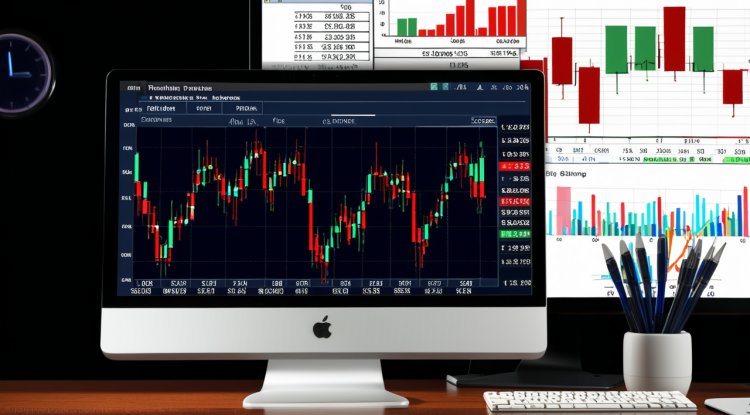Is Bitcoin an Inflation Hedge? The Surprising Truth
Bitcoin is called 'digital gold,' but did it actually protect against the recent inflation surge? We analyze the data and reveal the real driver of its price.
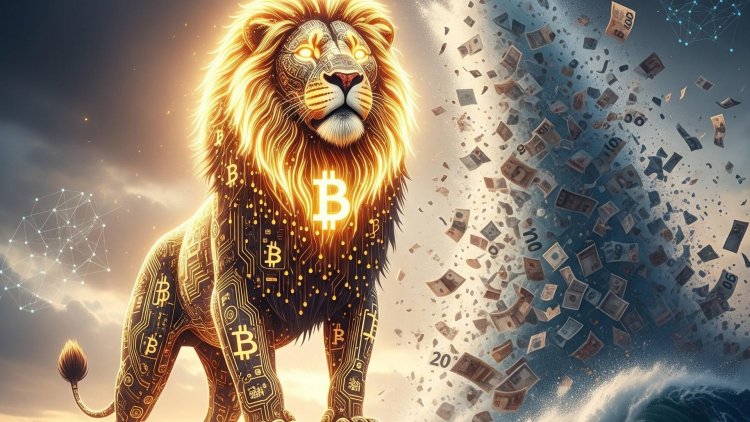
Let's get straight to it. For years, the rallying cry for Bitcoin has been simple: it's the ultimate hedge against inflation. A "digital gold" that protects your wealth while central banks print paper money into oblivion. It’s a powerful story. But as the last few years of soaring inflation have shown us, the relationship between the Consumer Price Index (CPI) and Bitcoin's price is a lot more complicated—and fascinating—than that.
So, what's the real deal? Is Bitcoin the inflation shield we were promised, or is that just a bull market fairytale? Let's break it down, look at the evidence, and figure out what it actually means for your portfolio.
The "Digital Gold" Thesis: Why It Makes Perfect Sense on Paper
The argument for Bitcoin as an inflation hedge is elegant and intuitive. It all comes down to one magic word: scarcity.
Think about it. Central banks, like the Federal Reserve, can (and do) create new money out of thin air. When a crisis hits, their solution is often to "turn on the money printer" through policies like quantitative easing. This floods the system with cash, but it also dilutes the value of every dollar already in existence. More dollars chasing the same amount of goods means prices go up. That's inflation in a nutshell.
Bitcoin is the polar opposite. Its code dictates a hard cap of 21 million coins. Period. No board of directors or government official can decide to create more. It’s decentralized, immutable, and predictable.
-
Fiat Currency: Unlimited supply, controlled by a central authority.
-
Bitcoin: Finite supply, governed by code.
On paper, the conclusion is obvious. As the value of fiat inevitably trends down due to inflation, the value of a provably scarce asset like Bitcoin should trend up. It’s the digital equivalent of choosing a gold bar over a stack of paper bills.
The Real World Test: A Wrench in the Works (2020-2023)
The period from 2020 to 2023 was the perfect real-world laboratory to test this "digital gold" theory. We had everything: massive government spending, supply chain shocks, and a surge in inflation to 40-year highs. So, how did Bitcoin perform?
Well, it’s a tale of two completely different stories.
Part 1: The Theory Works! (2020-2021) As central banks unleashed trillions in stimulus, investors began sniffing out future inflation. Money poured into assets seen as a hedge. Gold went up. Stocks went up. And Bitcoin? It went absolutely parabolic, rocketing from under $10,000 to nearly $69,000. For a while, it looked like the perfect inflation hedge. The narrative was working flawlessly.
Part 2: The Plot Twist (2022) Then, the inflation that everyone predicted finally arrived, and it was angrier than expected. But here’s the crucial part: what did the Federal Reserve do to fight it? They slammed on the brakes by aggressively raising interest rates.
This is where the simple inflation hedge narrative fell apart. Higher interest rates make borrowing money more expensive, pulling liquidity out of the financial system. Investors, who were happy to "ape in" to risky assets when money was cheap, suddenly fled to safety.
And what did Bitcoin do? It crashed. Hard. Right alongside high-growth tech stocks and other "risk-on" assets. In the face of the highest inflation in decades, the supposed inflation hedge lost over 70% of its value.
The Real Driver: It's Not Inflation, It's Monetary Policy
So, what gives? The key insight is this: Bitcoin, in the short-to-medium term, is not a hedge against inflation itself. It's a hedge against expansionary monetary policy (i.e., money printing and low interest rates).
Let me put it another way. Think of the market as a giant party.
-
Low interest rates and QE are like an open bar with free-flowing cheap drinks. Everyone gets bold, dances on the tables, and speculates on high-risk, high-reward assets like Bitcoin and tech stocks.
-
High interest rates are like the lights suddenly turning on and the bar closing. The party's over. Everyone sobers up and scrambles for a safe ride home (like cash or short-term government bonds).
Bitcoin thrived when the bar was open. But when the Fed started hiking rates to fight inflation, it suffered, even though inflation was still raging. It was acting less like gold (a true risk-off asset) and more like a tech stock on steroids.
Forecasts: How Will Bitcoin Behave in the Next Inflationary Wave?
The inflation hedge narrative isn't dead; it has just evolved. It’s less of an instant shield and more of a long-term lifeboat. The core principle of a finite asset outperforming an infinitely inflatable one over a long enough time horizon remains powerfully intact.
Here’s what to watch for in the future:
-
Central Bank Policy is King: Forget the monthly CPI report. The most important signal to watch is the direction of central banks. Are they cutting rates and signaling a return to "easy money"? That's rocket fuel for Bitcoin. Are they holding rates high or tightening? Expect headwinds.
-
The Rise of Institutional Adoption: The launch of spot Bitcoin ETFs has fundamentally changed the game. It provides a regulated, easy on-ramp for massive pools of capital (pension funds, endowments, etc.). This could gradually reduce Bitcoin's volatility and strengthen its role as a legitimate macro asset, making it behave more like "digital gold" over time.
-
The Long-Term View: Don't get shaken out by short-term volatility. The debasement of fiat currencies is not a bug; it's a feature of the current financial system. Over a 5-10 year period, the mathematical certainty of Bitcoin's scarcity gives it a profound advantage over currencies designed to lose value.
So, is Bitcoin an inflation hedge? Yes, but not in the way most people think.
It is not a direct, month-to-month shield against rising consumer prices. It is a powerful, long-term hedge against the root cause of inflation: irresponsible monetary and fiscal policy.
Stop looking at Bitcoin as a tactical tool to beat next quarter's inflation numbers. Instead, view it for what it is: a strategic allocation to a decentralized, finite asset in a world where everything else is centralized and infinite. The real question isn't whether Bitcoin will protect you from 5% inflation, but whether your savings in fiat will survive the policies that create it.
Share
What's Your Reaction?
 Like
0
Like
0
 Dislike
0
Dislike
0
 Love
1
Love
1
 Funny
0
Funny
0
 Angry
0
Angry
0
 Sad
0
Sad
0
 Wow
1
Wow
1





